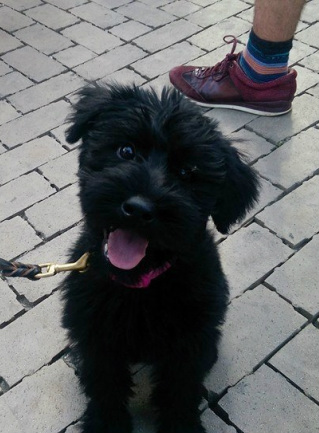 When most people have an interaction with dog trainers they aren't aware that the dog may be working at the time or have a different idea of how you should interact. Generally speaking when people run into me and a dog they will try to interact with the pup. Most people know the general things that will help like crouching or holding their hand out for an inspection but do you know how to maximize your interactions? I wanted to write this to help people who want a better connection with most dogs they meet.
Adam Madore
professional dog trainer with Artisan dog training Lexington / Nicholasville
1 Comment
|
AuthorAdam Madore is a dog trainer with a passion for training and dogs in general. Archives
July 2014
CategoriesAll Aggressive Dogs Anxiety Chewing Contest Dog Training Drawing Faq Feeding Food Free General Obedience General Tips Gift Card Potty Training Puppy Seperation Socialization |
Search by typing & pressing enter


 RSS Feed
RSS Feed
